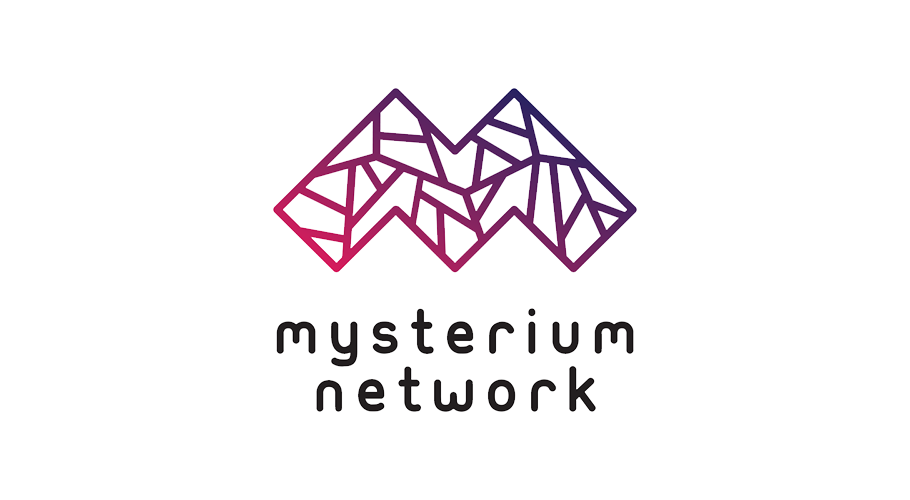Mysterium, a blockchain-powered VPN service, is currently working to implement a native micro-payments feature The Mysterium team is now experimenting with the solution on its testnet.
As the progression to maininet approaches, users will gradually see payment options show up on various interfaces and applications on the Mysterium platform (i.e. a ‘top-up’ button in a Mysterium app, new functionality in SDKs, etc.)
Check out the list of best VPNs for Android. To use a VPN on an Android device, first download and install a reputable VPN app from the Google Play Store.
Native payments will guarantee that users can transact with one another autonomously, without a need for an intermediary.
The architecture of the new payments system is a fusion of research and experimentation with existing Layer-2 solutions. This research eventually led to Mysterium to build their own proprietary system.
Requirements of the micropayments system included:
- Ability to handle frequent and small payments (eventually thousands per second)
- Support for native MYST utility token,
- Anonymity while also being secure, such as through the use of identity registration and reputation system
- Great user experience, removing as much complexity as possible for the end-user.
The proposed solution combines the technology and methodologies used by other payment solutions, such as State Channels.
Mysterium Accountant
Mysterium will introduce a new function to its network called Mysterium Accountant. The Accountant will verify ‘payment promises’ made by consumers to nodes.
Instead of constantly paying nodes in high volumes, users can make ‘promises’ to providers, similar to IOUs. These promises are ‘verified’ by Mysterium Accountant.
The Accountant has a record of each user’s actual balance and funds, as well as a record of all of the promises made. When node runners decide they want to settle the account, the final tallied record is executed on the blockchain and sent as a single transaction.
Mysterium Accountant plays a similar role as a ‘hub’ between consumers and nodes. The only function is to verify the payment promises, it cannot use or freeze user funds. The introduction of the Mysterium Accountant also takes the Mysterium network a step closer toward becoming a trustless service.
As these micropayments are ‘promises’ rather than on-chain payments, Mysterium reduces the number of transactions sent to the blockchain. This allows the network to handle much larger volumes of users and transactions, making the network faster and more scalable.
Mainnet
“With the introduction of payments on mainnet, we aim to create an incentive for both consumers and nodes to meet on the Network on fair terms. Eventually, Node runners will begin to receive tokens as they rent their bandwidth, applying a pay-per-use model, moving away from monthly bounties. Future payment and charging models may be adapted as our network starts to operate in real-world market conditions. Nodes will be able to withdraw funds to their wallets. As the whole network will be open, it will open up the possibility for anyone to create better user-oriented apps, incorporate privacy into all sorts of services, create a better user experience for withdrawing earnings, add more use-cases for nodes, and more.”
– The Mysterium Team
If you are interested to read more details on the Mysterium micropayments system see the whitepaper.





















